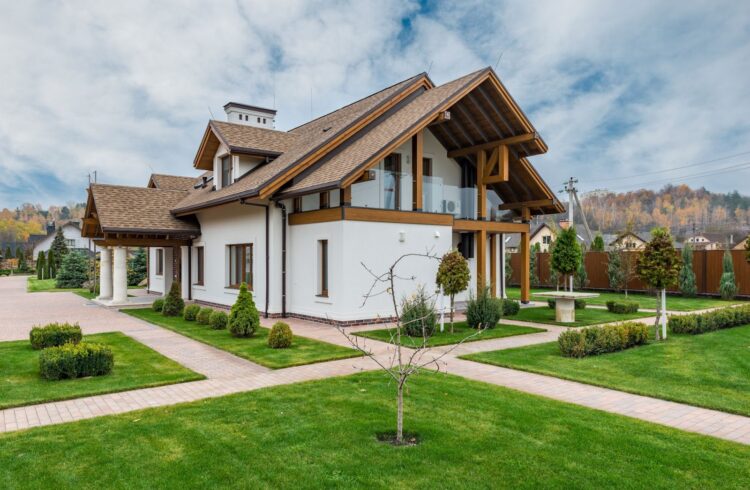Have you ever wondered who lives on your street? Whether you’re a new neighbor curious about your community or a longtime resident looking to connect with those around you, finding out who resides on your street can be fun and practical. So, whether you’re a newcomer seeking to immerse yourself in your new environment or a longtime resident yearning to forge stronger bonds with your neighbors, these insightful strategies will pave the way for a more connected and vibrant neighborhood experience.
This informative article delves into the topic of how to identify your neighbors and foster a strong sense of community within your neighborhood. Through five practical tips, you’ll gain insights into connecting with those around you and creating a safe, welcoming environment for all.
1. Start with a Friendly Introduction
One of the simplest and most direct ways to discover who lives on your street is by introducing yourself to your neighbors. Building a friendly rapport with those around you creates a sense of community and opens doors to valuable information. Start by knocking on your doors in your neighborhood and politely introducing yourself. Please share a little about yourself and your family, and ask them about their backgrounds and interests. This initial interaction can lead to lasting connections and a better understanding of your neighborhood.
2. Attend Neighborhood Events
Many neighborhoods host community events like block parties, neighborhood watch meetings, or social gatherings. Attending these events is a great opportunity to meet your neighbors and learn who lives on your street. You can strike up conversations with fellow residents and exchange contact information for future interactions. These events can also be an excellent way to network and find out about any neighborhood associations or online forums where neighbors often connect and share information.
3. Neighborhood Directories
Some neighborhoods maintain directories that list residents’ names and contact information on your street. These directories are often distributed to residents annually or made available online. If your neighborhood has such a directory, obtaining a copy can be a convenient way to find out who lives on your street. Additionally, you can check with your local post office or municipal office to inquire about any public records or directories that may be available. Remember that not all neighborhoods have these resources, so that availability may vary.
4. Organize a Street-Wide Survey
Consider creating a survey that includes basic questions about your neighbors, such as their names, family members, and hobbies. Distribute the survey to each household on your street, explaining your desire to get to know everyone better. This approach is important for gathering crucial data while fostering meaningful interactions among community members.
5. Use Online Tools and Social Media
In today’s digital age, online tools and social media platforms can be powerful resources for discovering information about your neighbors. Websites like Nextdoor, Facebook Groups, and neighborhood-specific forums can provide a platform for neighbors to interact, share information, and even organize events. By joining these online communities, you can connect with your neighbors virtually, ask questions, and learn more about who lives on your street. Remember to respect privacy and maintain a friendly and respectful tone when using social media. Many people appreciate the opportunity to connect with neighbors online, but it’s essential to be mindful of personal boundaries and sensitive information.
6. Ask Your Mail Carrier
It is common for mail carriers to have an extensive understanding of the individuals residing within their delivery area. They may provide valuable information regarding your neighbors by initiating a conversation with your mail carrier. As part of their job, they may know the names of individuals receiving mail at particular addresses and even possess further knowledge about them.
Conclusion
In a world where people are increasingly connected digitally but sometimes disconnected from their immediate surroundings, taking the time to discover who lives on your street can be a rewarding experience. Building a sense of community with your neighbors fosters a safer and more pleasant living environment and creates lasting friendships.
From friendly introductions and neighborhood events to online platforms, local directories, and neighborhood watch programs, there are several effective ways to find out who your neighbors are and strengthen the bonds within your community. So, take the initiative, start conversations, and try to connect with the wonderful people who live on your street. After all, “Who lives on my street?” is a question that can lead to countless meaningful connections and a sense of belonging.



